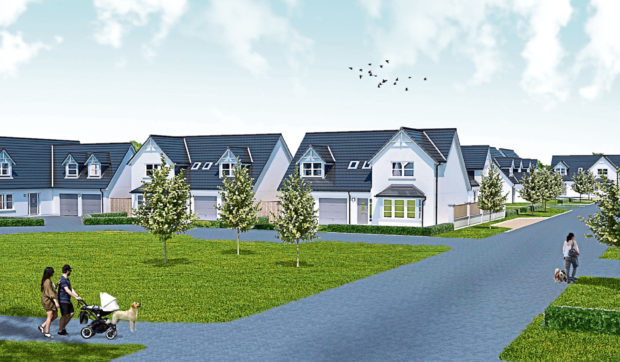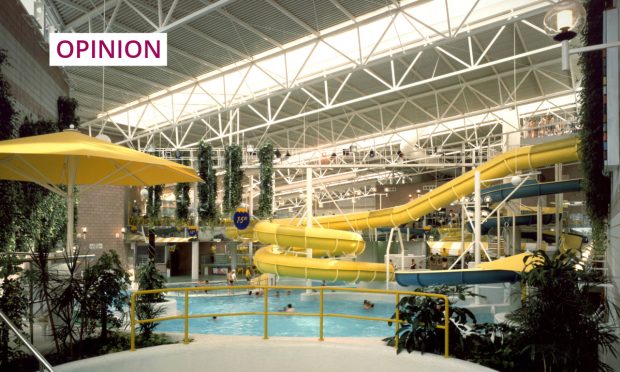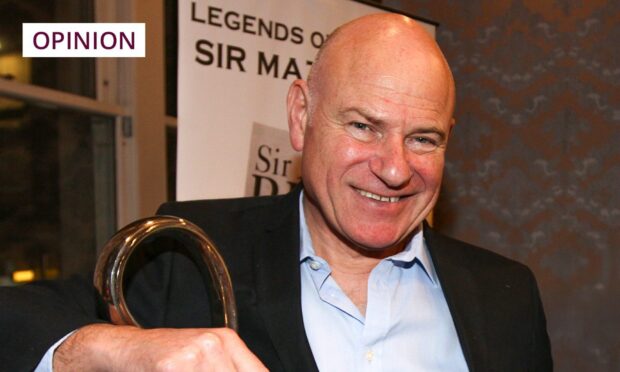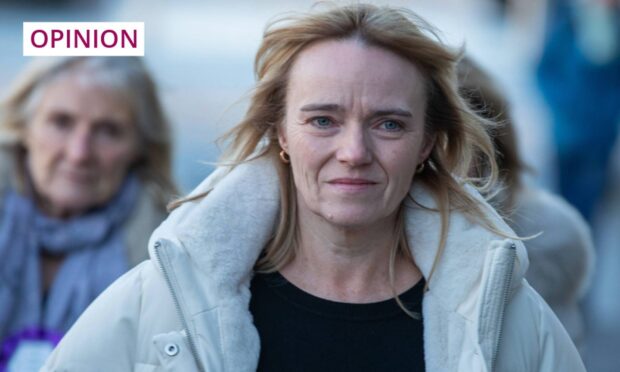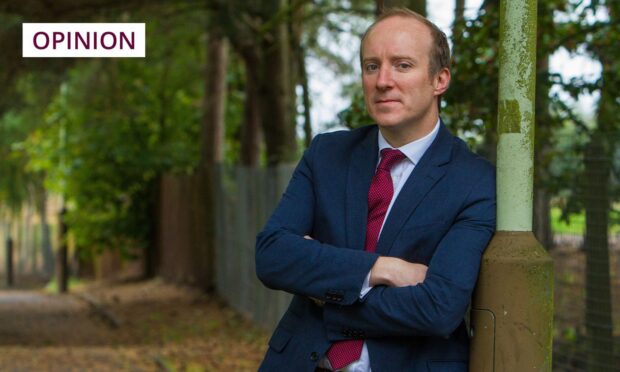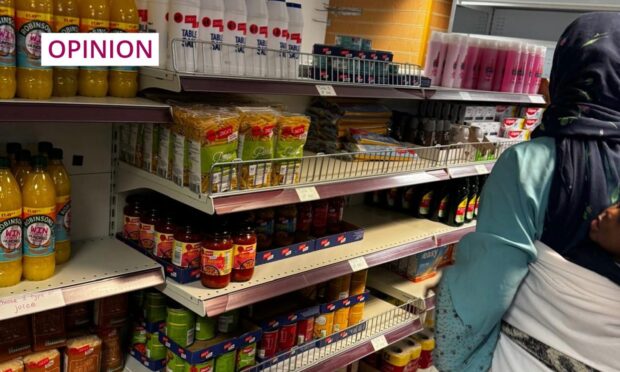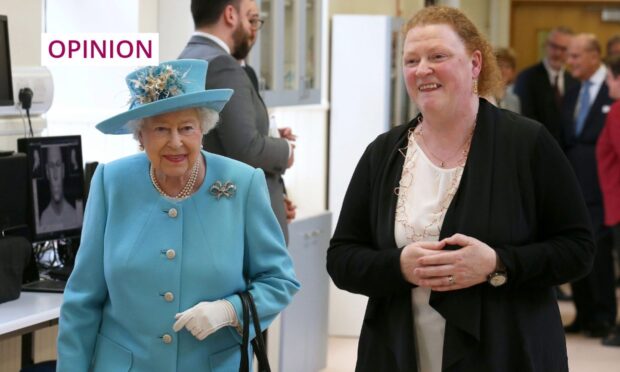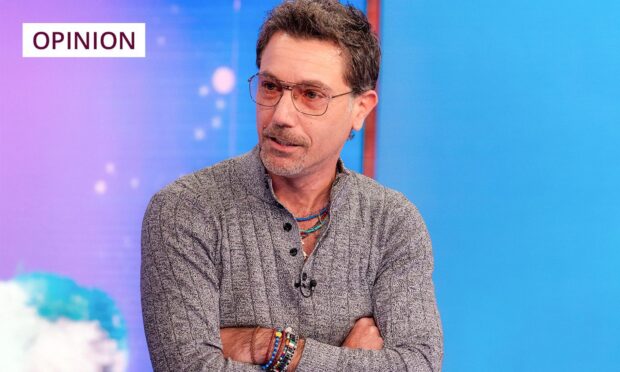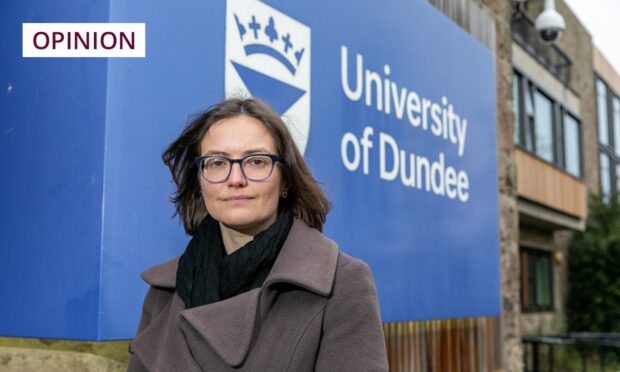Sir, – I was extremely angry when I read your story about Dundee City Council’s decision to refuse permission for 150 new homes at Broughty Ferry, in which the managing director of Kirkwood Homes referred to a “vocal minority who oppose any form of development or investment”.
As a resident of the Ferryfields estate I encounter delays and congestion every single day when leaving and entering the estate – and not just at peak times.
I also walked my children to school for many years and quite frankly I would not let young children walk to either Forthill or Barnhill schools on their own for road safety fears.
My objection to the proposed development was solely because the plan did absolutely nothing to address the increased traffic that will arise due to such a development.
This is a lovely area of Dundee to live in and I don’t blame others for wanting to be able to move into this area.
The local councillors were simply listening to their constituents’ concerns and voted accordingly.
If Mr Crombie wishes to amend the plan to substantially sort out the road infrastructure then I would be happy to support the application.
I’m pretty sure that most of my fellow residents would feel the same. However I suspect that this will not happen because it would make rather a large dent in the profits that Kirkwood Homes would make from such a development.
Dianne Agnew.
Midmar Walk,
Broughty Ferry.
Leven appeal a little lacking
Sir, – I write in response to the article in The Courier (June 20), stating that more than 50 businesses have signed up to a charter supporting the reinstatement of the Levenmouth rail link.
This will do absolutely nothing to assist the footfall on Leven’s ultra-depressing High Street.
There is no point in trains full of potential customers arriving to maraud up the High Street, pockets bulging with cash, to find all they can spend their money on is bakery goods, a bet, a cup of coffee or a pint and a tattoo. Oh, or to listen to a Z list busker.
There is absolutely nothing pulling potential customers to the town.
A great deal of money has been spent on fancy paving at the shorehead but it is overshadowed by the old Threeways Inn, standing there like Norman Bates’ mother’s house in Psycho.
Money would be better spent getting the seemingly endless procession of articulated lorries coming out of and going into Diageo off the road. Get a rail link into there, at least that would be useful.
Ricky Jurecki.
Coldstream Crescent,
Leven.
An art school for the future
Sir, – On reading Jim Crumley’s article (June 19) regarding the tragic demise of the Glasgow School of Art, I wondered if he was a bit of a mind reader.
At a meeting I attended on Monday the subject of the fire was raised and during the course of the discussion I expressed sentiments similar to Jim’s.
As a young teenager I had the privilege of exploring all the nooks and crannies of the Art School as my brother David Donaldson was a pupil there and went on to be head of a department.
David used to take me round the school pointing out the various points of interest and the wonderful studio where he taught.
It was a magical place with that smell of oil and turpentine mix. I suppose at that time in the 1940s and ’50s David, with his beard and long hair, was referred to as Bohemian and that added something to the air of adventure and excitement after the bland war years.
Sadly the building is no more. The soul has been ripped out of it and that is one thing that cannot be replaced or recreated.
The Charles Rennie Mackintosh building will never be forgotten but let us move on to the times we live in now.
Why not have a competition between past and present students of Glasgow School of Art to produce a plan that would build something our future generations can look at in awe, just as we did when Charles Rennie Mackintosh produced his masterpiece?
As Jim Crumley states “Mackintosh would like that.”
May Duffus.
Lomond Drive,
Carnoustie.
Language is key to our culture
Sir,– In regard to Robert Scott’s letter (Stop splashing cash on promotion of Gaelic, June 20) I would point out that in 1755 Gaelic was not at its peak it had retreated to mostly areas north of the Highland line and Galloway in the south. Gaelic was at its peak from around the 9th Century to the 13th and 14th Centuries.
I would further add that when Scotland was forming and was being recognised as a country many languages were spoken but Gaelic became the dominant one and was recorded as the Lingua Scotia.
If Mr Scott has any doubts about this he would surely have noticed that most names of places, hills and rivers are directly Gaelic or from Gaelic on his trip out of Fife.
Further, I would point out that Gaelic is a British language and worth preserving.
Perhaps Mr Scott would have us live in a cultural void. Or perhaps he should be proud of the three languages spoken in Scotland.
Gaelic, Scots and English all have a place in our culture and that’s what makes Scotland such a great place to live, work and visit.
I, like many others, am proud of my cultural heritage and wish it preserved not for political purposes but because culture, arts and language are important for the wellbeing, fairness and happiness of our people.
Bryan Auchterlonie.
Bluebell Cottage,
Perth.
A dim view of safety concerns
Sir, – I am increasingly concerned about the road safety risks posed by drivers using permanently dipped headlights on rural roads at night.
Driving with headlights permanently dipped may well apply on dual carriageways and motorways, where there is constant oncoming traffic and very little chance switching up to full beam or encountering a pedestrian.
Driving on rural and single carriageway roads is an entirely different matter. Here, one is quite likely to encounter a cyclist riding an unlit bike, a pedestrian or a stray animal, yet time without number I have seen traffic being driven on rural and single carriageway roads with headlights permanently dipped, and at speeds quite outwith the capability of stopping within the illuminated distance. This is most noticeable when approaching a bend in the road, where the glare of the full beam of the oncoming vehicle is noticeable by its absence.
I myself have sat as a passenger beside drivers gaily careering along an empty rural road at night on dipped headlights with vision restricted to a few yards and absolutely no chance of stopping within that range – and no conception or the least concern of what could exist in the darkness beyond.
I do not suppose I am saying anything new, but why do drivers in general seem to persist in such dangerous and irresponsible conduct?
James A Hamilton.
Cairneyhill Road,
Crossford.
US policy merits more anger
Sir, – Prime Minister May was highly critical of the Australian cricket team for tampering with a cricket ball, slamming the players and saying she was “shocked” and “bitterly disappointed” by the scandal.
For someone so forthright in criticising such “abuses”, she has been rather restrained in her comments on the US government and its child separation policy.
Alex Orr.
Leamington Terrace,
Edinburgh.
Making a hash of messaging
Sir, – For years I have believed the statements of successive UK governments that cannabis is a dangerous and addictive drug that leads inexorably to the destruction of the health and morals of those using it and of society as we know it.
The recent decision by the home secretary to hand it out to children can only allow two conclusions:
Either the substance is safe and we have been lied to, or it is not. In which case, even if it has medicinal properties, it should continue to be banned in the wider interests of society, notwithstanding that a few sick and pain-ridden children are collateral damage in the war against drugs.
John Eoin Douglas.
Spey Terrace,
Edinburgh.
